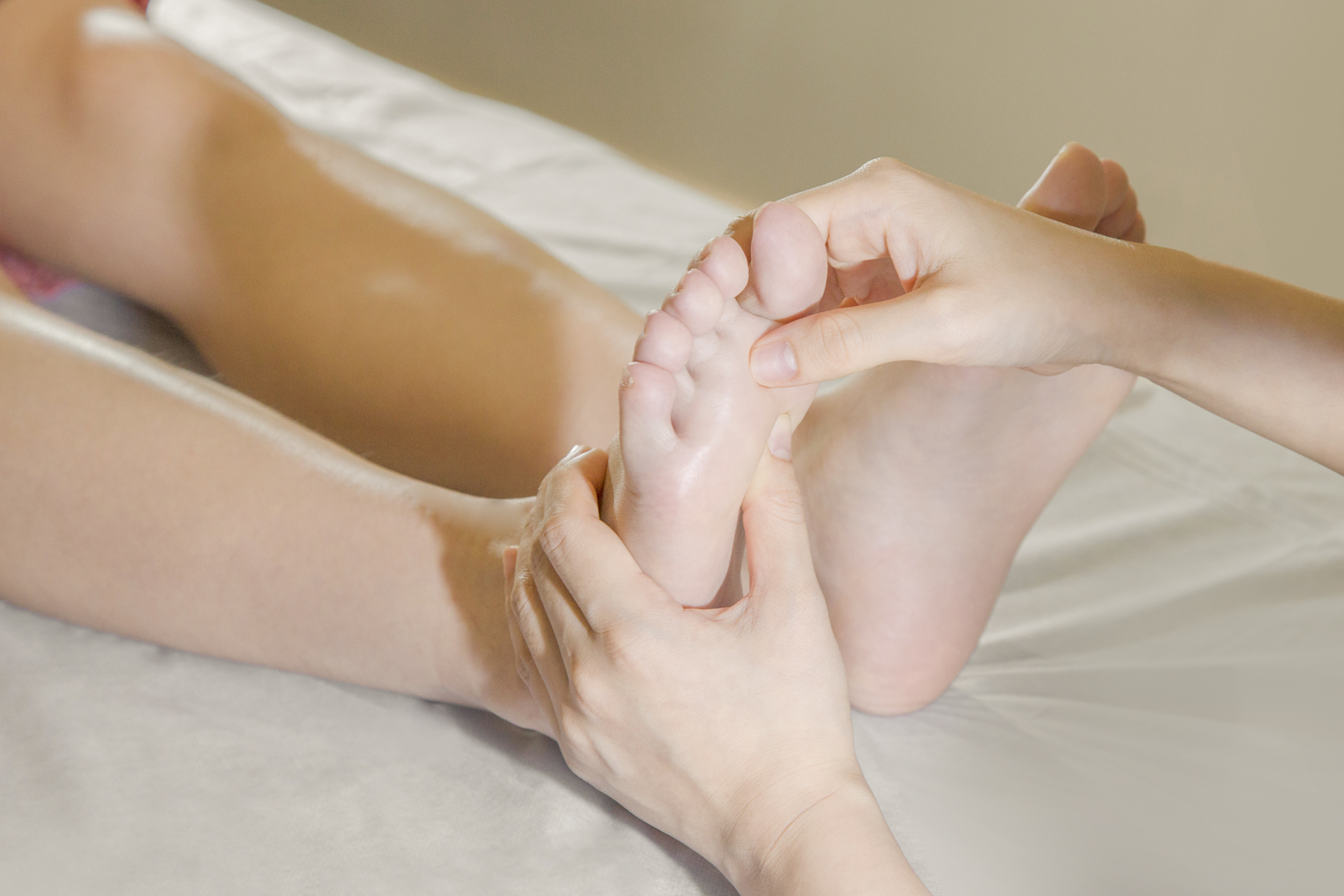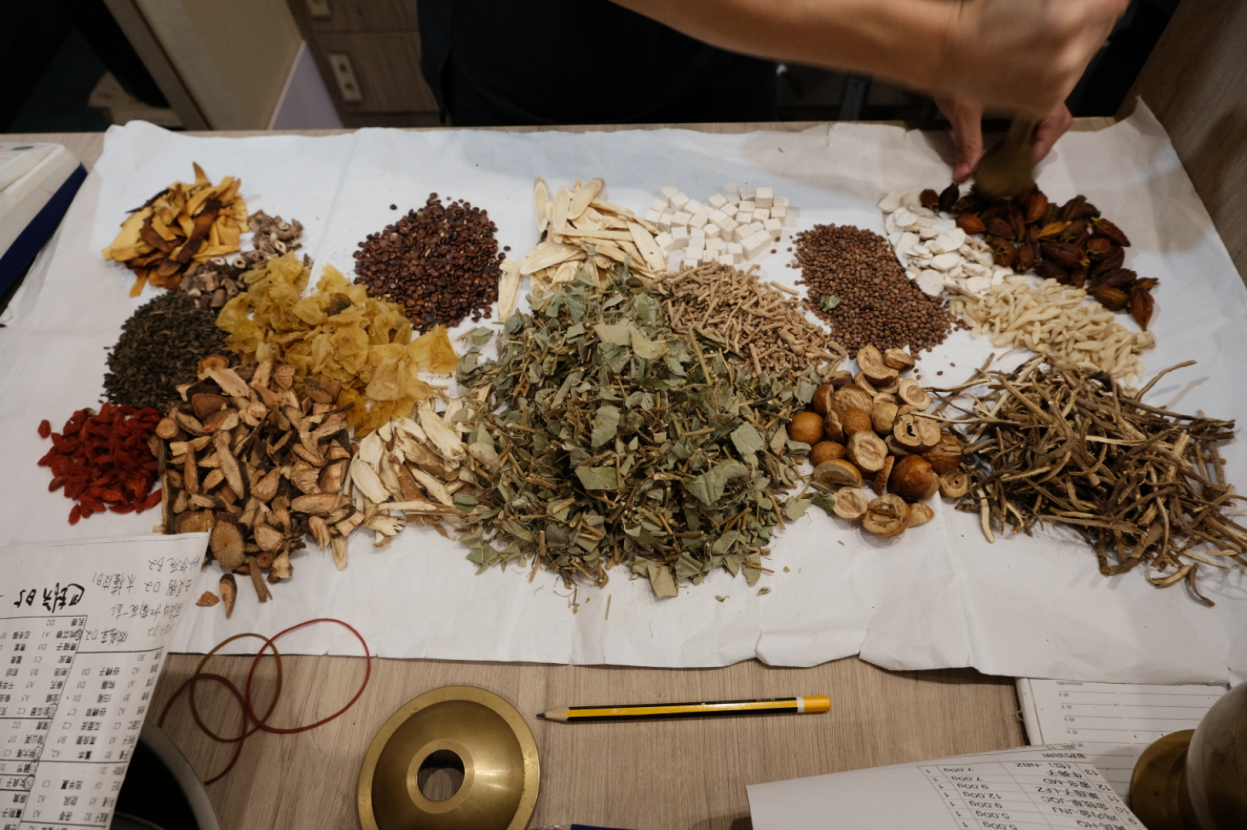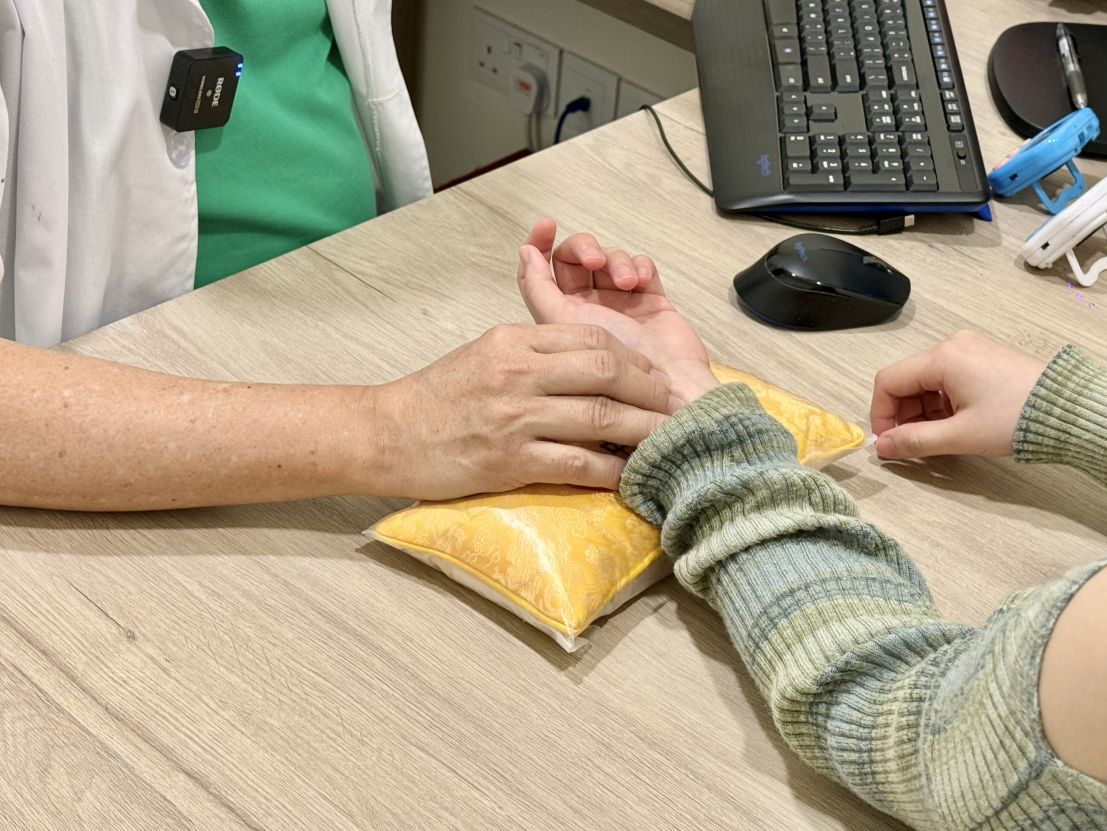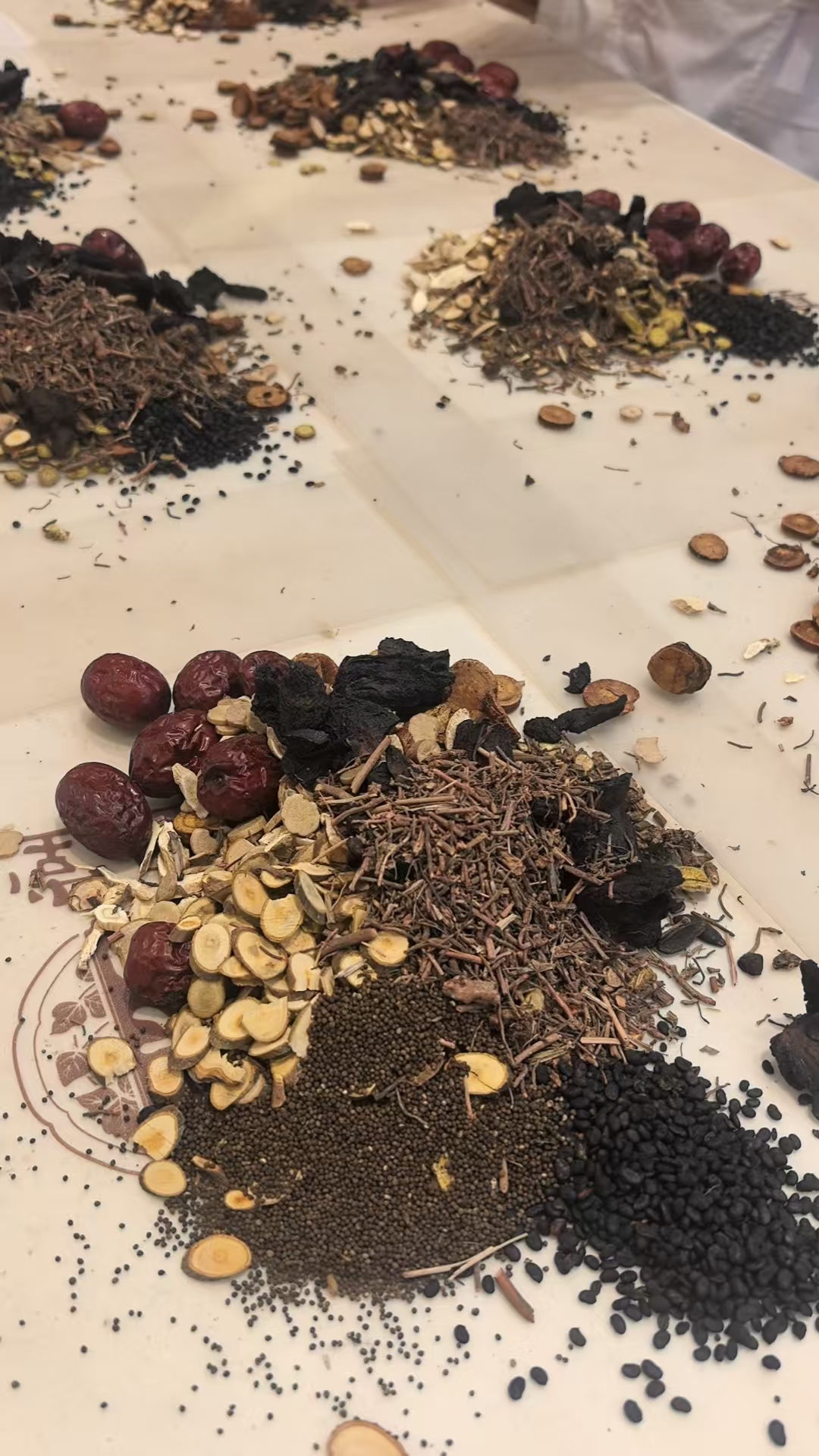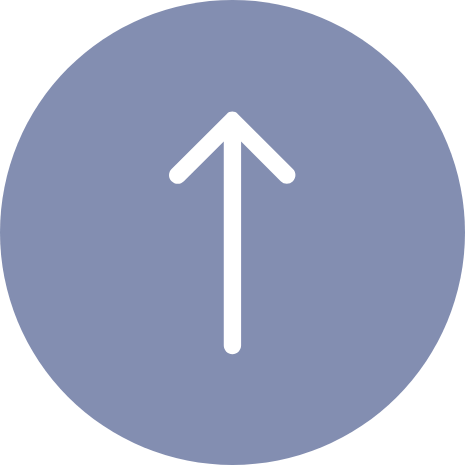No. For women during menstruation or pregnancy, massage may stimulate acupoints and cause uterine contractions or abnormal menstrual flow; individuals with severe heart disease or unstable hypertension may experience blood pressure fluctuations or increased cardiac burden from foot therapy; those with skin ulcers, infections, or bleeding disorders face higher risks of infection or aggravated bleeding from massage. These groups should exercise caution or avoid foot massage altogether.
First, choose a comfortable, clean environment and a reputable establishment. Before the massage, soak your feet in warm water (38-42°C) for 15-20 minutes to relax the muscles and improve blood circulation. Avoid receiving the massage when overly full or on an empty stomach—wait at least 1 hour after meals. Wear loose clothing to facilitate full-body relaxation.
Generally, a single foot massage session should last between 30 to 60 minutes. If the session is too short, the acupressure stimulation may be insufficient to achieve the desired effects. Conversely, if it's too long, it may overwork the foot muscles and potentially cause discomfort, such as dizziness or fatigue.
After the massage, it's important to rehydrate promptly by drinking 200-300 ml of warm water to help the body eliminate metabolic waste. Keep your feet warm and avoid exposure to cold, especially refraining from immediate contact with cold water or drafts. Avoid strenuous activities on the same day to allow your body to rest fully and better absorb the benefits of the massage.
For healthy individuals as part of routine healthcare, 1-2 foot reflexology sessions per week are sufficient. For those with chronic conditions or in a sub-health state, during the conditioning phase, 2-3 sessions weekly may be appropriate as advised by a TCM practitioner, gradually reducing frequency to maintenance levels after symptom relief.
Foot reflexology serves as a complementary therapy that can alleviate and improve many conditions. For instance, stimulating acupoints on the feet may help with insomnia, indigestion, or mild joint pain, but it cannot replace formal medical treatment. Serious illnesses require prompt professional care under doctor's supervision, with foot massage serving only as supplementary rehabilitation support.
Yes. At home, you can use tools like massage sticks or balls, or simply use your fingers to press and knead the acupoints on your feet. However, it's important to first learn the locations of the foot acupoints and proper massage techniques to avoid injury from incorrect pressure. If the goal is to address specific health issues, it's advisable to consult a professional TCM practitioner to learn targeted massage methods tailored to your condition.
Not necessarily. Moderate soreness is a normal response to stimulation, but excessive pain may indicate excessive pressure, improper technique, or underlying health issues. If the pain becomes unbearable during the massage, you should inform the therapist to adjust the pressure immediately. Excessive pain not only creates a poor experience but may also damage the soft tissues of the feet, affecting both the effectiveness of subsequent treatments and overall foot health.
Individuals with acute infectious diseases/severe heart conditions/lower limb venous thrombosis/foot fractures or infections/early pregnancy (especially avoiding pressure on reproductive reflex zones)/those who are fasting or intoxicated.
Those with stable blood sugar control may receive gentle massage (scraping tools are prohibited), avoiding any foot ulcers, with pressure kept below a 3/10 pain level, and skin condition should be checked after treatment.
The massage accelerates metabolism, leading to fluid loss. It is recommended to drink 300ml of lukewarm saline water (physiological saline is optimal) at 40°C, which can replenish electrolytes and facilitate the elimination of metabolic waste.
Those with light flow may receive gentle massage (avoiding reproductive reflex zones), but the use of blood-activating essential oils is prohibited. For those with heavy flow, it is advisable to pause the massage, especially avoiding acupoints like Taichong and Sanyinjiao that regulate menstruation.
Children over 7 years old with weak constitutions may receive health-preserving massage once a week (use of instruments is prohibited), focusing on stimulating the spleen and stomach reflex zones (inner arch of the foot), combined with spine-pinching therapy to enhance immunity.

